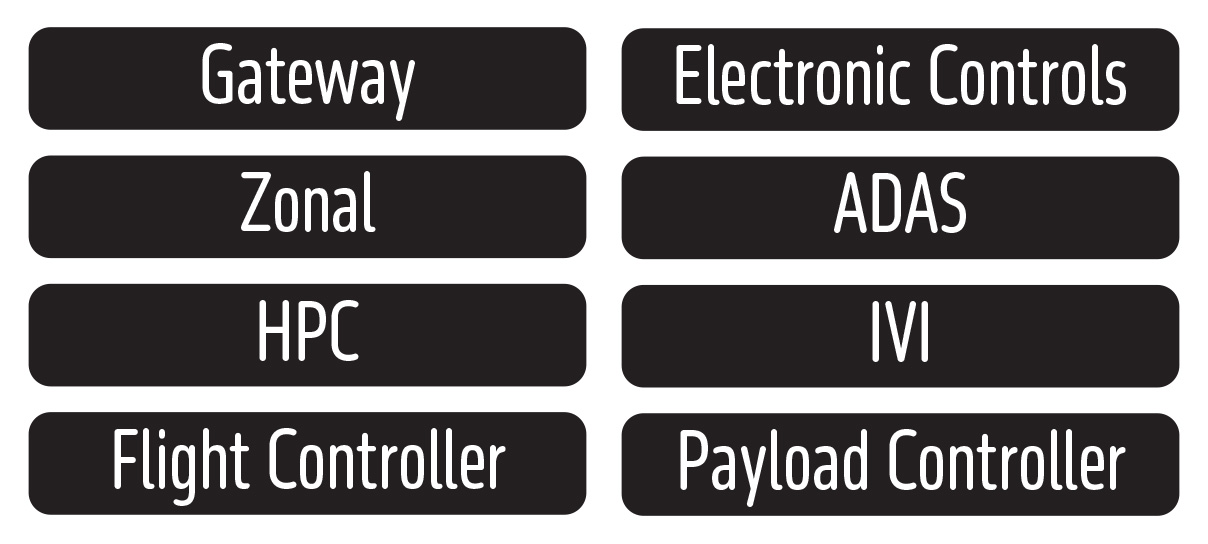If your target platform is not in the growing list of ready-to-go VLAB VDM Toolboxes, our team of experienced engineers can work with you to create a VLAB VDM tailored to your particular needs.
ASTC helps to create Virtual MCUs, Virtual SOCs and Virtual ECUs for IP providers, Tier 1s and OEMs, optimised to the use case(s) that each customer needs.

ASTC partners with customers across the creation of new VLAB VDMs, to turn ideas into virtual assets that can transform their development and testing of embedded software.
Teams of experienced virtualization engineers, alongside local support, work with customers to transform hardware and software specifications into new VLAB VDMs that leverage our extensive library of models and can integrate customer and 3rd-party models for the optimal solution.
At ASTC, we understand what is important to customers and have refined our processes so customers can start early with ramp-up, integrating VDMs into their environment, writing tests and executing parts of the target software.
After a VLAB VDM is completed and delivered, ASTC’s commitment continues with training and support, enhancements and issue resolutions to ensure that customers get the most out of their VDMs.
If would like to talk with someone about creating a new VDM, our team are ready to help.
Customers use VLAB VDMs for a wide range of tasks: regression testing, OS bring-up and several other use cases, each of which comes with different priorities and requirements. We also recognise that VLAB VDMs don’t operate in a vacuum but as a part of a broader workflow where they must integrate seamlessly into processes and with other tooling.
To accommodate and achieve all of this, VLAB employs a mix of technologies that focus on key areas for users.
VLAB VDMs can be configured with the optimal mix of hardware models and software emulation that target each software layer: Applications, OS, BSP, or BSW (MCAL, Service Layer, CDD).
VLAB VDMs leveraging VLAB technology such as HiperSim, HiperCore and Fusion, can perform at or above real-time, enabling faster regressions and making integrations with real-time environments possible.
VLAB VDMs use SIL Kit to interconnect between VDMS, integrate with 3rd-party simulation environments and connect to test environments. Connections to debuggers and over regular I/O channels are also supported.